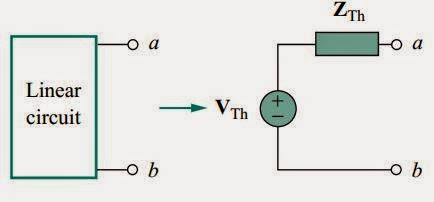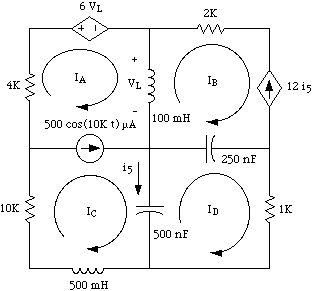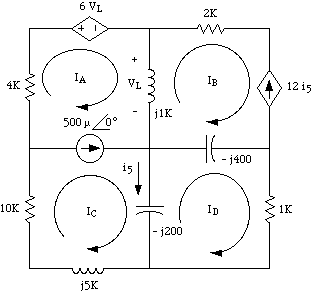Three-phase voltages are often produced with a three-phase ac generator or alternator whose cross-sectional view is shown below,
The voltage sources can be either wye-connected as shown in Fig.(a) or delta-connected as in Fig (b).
Balanced phase voltages are equal in magnitude and are out
of phase with each other by 120◦.
The phase sequence is the time order in which the voltages pass through their respective maximum values.
A balanced load is one in which the phase impedances
are equal in magnitude and in phase.
Types of Connections:
- Balanced Wye-Wye Connection
- Balanced Wye-Delta Connection
- Balanced Delta-Delta Connection
- Balanced Delta-Wye Connection
Table below presents a summary of the formulas for phase currents and voltages and line currents and voltages for the four connections. Students are advised not to memorize the formulas but to understand how they are derived. The formulas can always be obtained by directly applying KCL and KVL to the appropriate three-phase circuits.
Learning:
- I learned that the generator is consists of rotating magnet.
- For Wye connection IL=Ip and VL=(square root of 3)Vp.
- For Delta connection VL=Vp and IL=(square root of 3)Ip.
- Balanced phase voltages are equal in magnitude and are out of phase with each other by 120◦
- Abc sequence is known as positive sequence.
- Acb sequence is known as negative sequence.
Videos:
For more information, watch the video below:
That's all. Thank You for visiting my blog.
GOD Bless! :)
By:
AYALA, ARNY S. BSECE -3
ECE 321
Professor:
ENGR. JAY S. VILLAN, MEP - EE



























